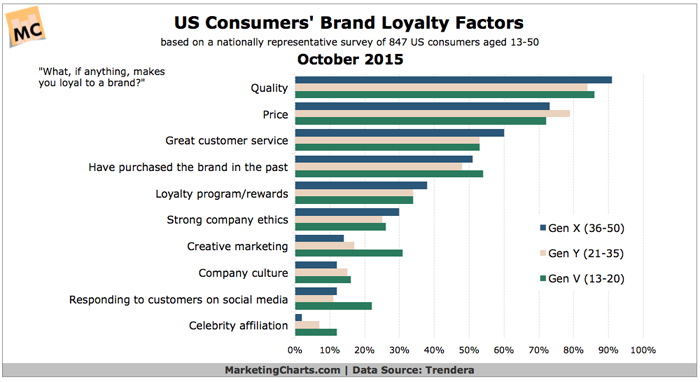You’ve got an app – now what? Retail, service and restaurant businesses that use push marketing effectively can score more sales and increase revenues.
More than half of all app users have push marketing notifications enabled on their mobile devices according to a whitepaper called Recipes for Perfect Push Messages recently published by Localytics.com. These users launch apps 88 percent more often than users who have push notifications disabled, which means that they are biting when it comes to notifications. Taking this into account, we are offering these five tips on how to use push marketing to attract more shoppers and increase sales.
How Does Push Marketing Work?
A push marketing notification (also called server push notifications) is a form of automated loyalty marketing where a software application sends information to a computing device (like a smartphone) without a specific request from the device’s user. This information could be delivered as an email message, text message, social media notification or an app notification.
Although the user has not requested the information, there is still an element of permission-based marketing here as the user must have at some point opted in to an email subscription, text subscription or has downloaded and app and either set or left app notifications turned on.
5 Ways to Use Push Marketing to Increase Sales
#1 and 2: Send Push Messages on the Right Day at the Right Time
What is the best time to send a push notification? It depends.
The Localytics study found that – in general – push messages have the highest click rates when sent in the afternoon, between Noon and 5 PM. Evenings were the worst time to send push messages, perhaps indicating that consumers hold evening hours as reserved for personal and family time, or indicative that it’s too late in the day to head out to a local retailer’s location.
Which day of the week do app notifications get the most clicks?
Saturday and Sunday were (by far) the worst days to send them and Thursday was the weekday with the lowest click and response rate. Push messages sent on Fridays received the highest click rate, Tuesday the second most.
Best Advice: Push notification success comes down to knowing what shoppers want, and when.
Like any other type of marketing, you have to understand likely shoppers and your brand’s ideal buyer types to know when they would be most likely to open and read a notification as well as when they would be most likely to take action. These times might be the same and they might not. And different segments of your audiences may also call for different push marketing strategies. The more you can segment and customize push notifications, the better your click and take-action rates are likely to be.
For instance, to attract consumers shopping at retail stores on weekends, mid-morning on a Saturday or Sunday might be the perfect time for a restaurant to send a push notification. That same restaurant might want to send push notifications about using their facilities for corporate parties on a weekday morning or even late afternoon, thinking that staff responsible for planning the company party would be more likely to read, research and book space at that time.
#3: Less is Much, Much More
When it comes to push notifications, less content seems to be more effective. Click rates for notifications with 10 or fewer words were 8.8 percent, dropping drastically to less than five percent for notifications of 11-20 words and falling even further for messages with 21 words or more.
Best Advice: Focus on one message and use clear, compelling language to get your customer’s attention. Think of a push notification the same way that you think of the seven seconds you have to get the attention of someone who visits your website. Fail to connect quickly and you lose the opportunity.
#4: Tell Them Exactly What You Want them to Do
For years conventional marketing wisdom has suggested that asking questions is a great way to discover buyer motivations and help them move through the buying journey from brand discovery to preference and purchase. For push notifications, the opposite holds true. Click rates go from 3 percent to 6 percent for push notifications that don’t ask questions, but tell the user what’s important or what to do instead.
Best Advice: People are freaking busy! Tell them what they should do (come in) when (now) and why (compelling time-limited offer).
#5: Use Super Offers to Attract customers
Need to imply urgency? Telling shoppers when offers end is likely to produce more action than telling them they have to shop today. The Localytics white paper offers up some key tips for which words get more clicks with holiday shoppers, with words like “super” and “offer” coming in on top with nearly three times as many clicks as words like “today,” “deals” and “win.”
Best Advice: Use words that convey compelling value and time-limited urgency to get customers to act. Remember that people are busy and they have lots of options when it comes to spending their money. Use words that make your message stand out from the pack.
***
Request a free, no-obligation quote and get the marketing automation you need to nurture loyalty, attract customers and increase sales.


